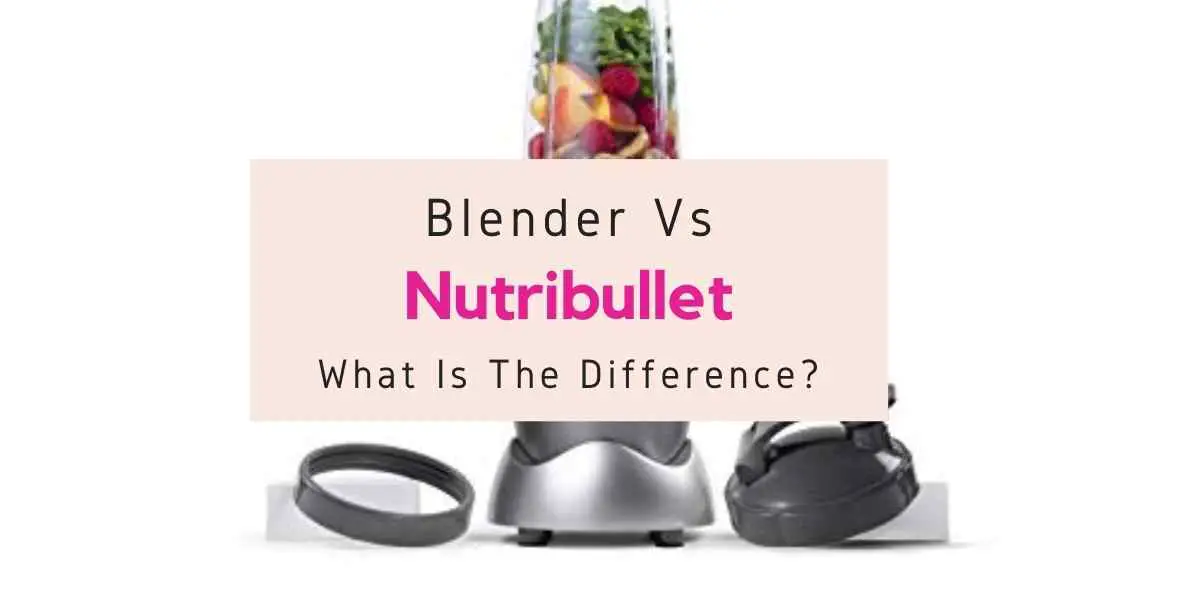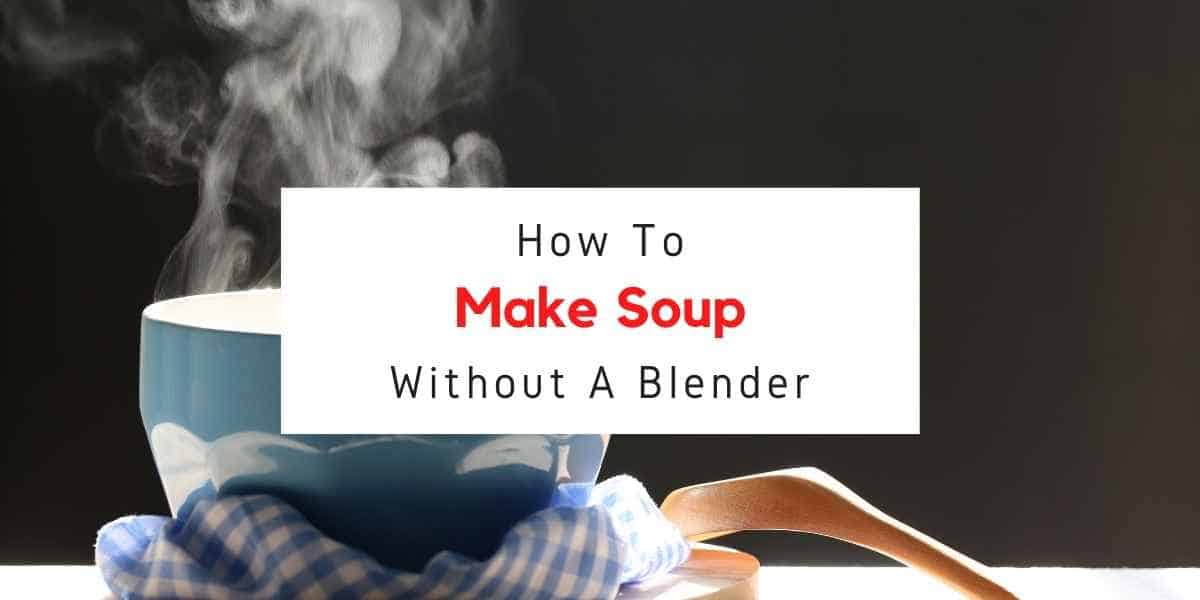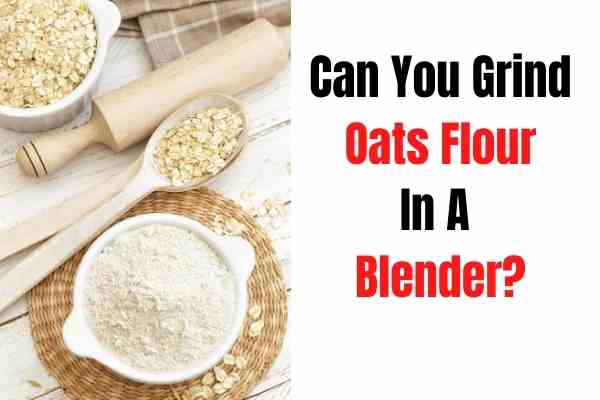There are many debates that go on in the world of health and nutrition. One of them is whether or not to use BPA-free and phthalate-free plastic containers for food storage, specifically for things like protein powder.
BPA stands for bisphenol A, which is an industrial chemical used to make plastics like polycarbonate (or “hard” plastics) and epoxy resins (used as coatings on some metal cans).
When this compound leaches out of the container it can be ingested by humans either by direct contact with the mouth or through handling contaminated foods; exposure has been linked to a variety of issues including developmental problems in children, infertility, diabetes type 2, obesity, and cardiovascular disease.
Phthalates are another class of chemicals used to make plastics and some researchers believe they may cause similar problems as BPA.
A new study on the dangers of plastic bottles designed for sports drinks has brought these chemicals into the spotlight once again, but do you need to give up your blender bottle?
Most of the blender bottles are BPA-free. You can purchase one that suits your needs at any of the reliable stores you have access to online. Many brands, as a result of the adverse effects BPA is said to cause, now make their blender bottles using safer chemicals and materials.
Are Blender Bottles BPA Free?
Yes, most of them are.
Since they’re used in making some of our everyday meals and healthy drinks, they should be free of this toxic chemical capable of causing major health issues like:
- Infertility
- Obesity
- Asthma
- Premature delivery
- Prostate cancer
- High Blood Pressure
- Heart disease
- Diabetes
- Organ dysfunction, and so on.
Some of you might not know what BPA is.
If you stumbled on this article, you might probably be wondering what “a BPA” is by now.
But, don’t worry. Today, I’ll do you the honor of explaining, in simple words you can easily understand, what this is.
In no big words, BPA (or bisphenol A) is a widely used synthetic compound by plastic manufacturers.
It is used in the creation of resins and a lot of plastic materials. Many of the plastic containers and cans used in storing some of our foods and beverages contain BPA.
This chemical compound is also used, even, in the fabrication of canned containers.
This is because they’re said to protect the metals and metal linings of these storage containers from potential damages and breakages.
You’ll find this chemical material in a lot of the products we use every day:
- Our toiletries
- Compact disks
- Canned drinks and foods
- Plastic food and beverage containers
- As well as in some of the household electronics we use daily, like our blenders.
However, as common as the BPA is, it has been scientifically proven, by well-meaning researchers, to be highly toxic to humans, especially if consumed in large quantities.
Our level of exposure to this chemical is relatively high since many of the foods and beverages we consume regularly are stored using BPA containers.
The chemical enters our body through our diets and tampers with our system over time, ultimately causing serious bodily damages that can cost us a fortune to repair.
You might be thinking, “But, hey, BPA is only in the plastics, and not our food. So, how does the chemical manage to find its way into our body?”
How Does BPA Enter Our Body?
Let me tell you how.
Usually, most of the BPA constituents in BPA products are not completely sealed into the end products.
This is why they can easily mix with our foods and drinks. We consume the contents of these containers and, in the process, unknowingly consume BPA, too.
And, it goes on and on, until the BPA we ingest is powerful enough to cause the serious damage It’s capable of to our body system.
You can picture BPA as a chameleon that has the power to imitate the structure of a hormone in our body called “estrogen.”
You might know it as the hormone that facilitates and maintains female femininity and the reproductive system.
However, it performs more functions than those in both genders.
This hormone is chiefly concerned with maintaining and ensuring the effective performance of different essential bodily functions and processes.
This chemical compound, as a result of this capacity, can merge itself with estrogen receptors to affect the normal systems and processes in the body.
Slight changes in your hormone levels are believed to negatively affect the body, which is why BPA, can cause serious problems if you do nothing to prevent its continuous injection into your body.
Read more about the working of blender bottles here.
What Bottles Are BPA-Free?
In a study released in early 2016, scientists at the University of Leipzig tested the chemical effects of sports drink bottles made from a variety of plastics.
Free samples were given to an institute for further testing and researchers found that bottles leached chemicals related to BPA and phthalates regardless if they had been exposed to temperature extremes or even dishwasher use.
While many manufacturers claim their products are “BPA-free” there has been very little actual research to back this up.
In the past, companies have simply reformulated their plastic to use different chemicals instead which allegedly provide similar results but without causing health problems.
The problem with this method is that these new ingredients are often also by trade names so consumers often do not know when they are ingesting potentially harmful chemicals.
It is known that bottles made from polyethylene terephthalate (PET) are safe, but many manufacturers make their products with low-grade plastics to cut costs. These inferior materials may contain trace amounts of BPA or other toxins that can leach into the liquid stored inside.
Why Not Use Glass BlenderBottle Then?
Part of the argument for using BPA-free containers is that it limits your exposure to toxic chemicals.
If you avoid things made from polycarbonate you limit your exposure because most products with this kind of plastic have a #7 recycling label printed on them, which indicates that the container contains BPA.
However, why not just use glass bottles then? The problem is that can chip and leave shards in your protein powder, or it may break when you drop it.
So next time you go to the store and see a blender bottle listed as BPA-free and phthalate free, you might want to check what kind of plastic was used before making a purchase.
In most cases, if the label simply says “BPA-free,” then it is safe for use with protein powder but try to find out exactly what type of plastic is being used instead.
This is where you can look up how to recycle specific numbers on plastics.
Even though they are not classed as toxic, phthalates have been linked to serious health problems so there really isn’t any harm in trying to avoid contact with them either.
Something else to consider is that BPA-free containers may still not be completely safe and it’s difficult to determine which ones are the safest.
You could invest in a glass blender bottle, however, these can also break easily. The best choice would be to move away from plastic altogether and purchase a stainless steel container with a metal mixer, such as those made by Blenderbottle or Bodybuilding.com.
Stainless steel has many benefits over plastic, such as having no taste transfer, being easy to clean in dishwasher and maintain, more fashion choices, doesn’t react with acids like protein powder does (such as lemon juice), won’t absorb stains or odors like plastic can after time, will never leach into your protein powder or anything else you store, and they are virtually unbreakable.
You can’t put them in the freezer but that’s hardly a big deal for most people.
If it is important to you though, then glass bottles with metal mixer bars would be an option. Just keep in mind that glass containers do break over time so if this is something that concerns you then stainless steel or plastic may be your best bet.
No matter what kind of container you choose, don’t ever leave protein powder sitting inside of it for more than two days as it contains amino acids which will cause the container to deteriorate faster over time.
What To Look For In Shaker Bottles?
If you’re going to buy a blender bottle anyway, choose one that’s as durable as possible. Make sure it’s 100% stainless steel and has a strong handle.
The metal mixer bars should be safe from rusting or any kind of chipping either, even if they are made from plastic-coated metal or copper.
And also make sure it is BPA-free so there’s no risk of the chemicals leaching into your protein powder and less chance of them wearing down faster due to exposure to acids like lemon juice.
Look out for “BPA-free” on the label too… but just because something says this doesn’t mean it’s necessarily safe to use.
Where Can I Buy The Best BPA-Free Shaker Bottles Online?
For the smoothest and healthiest drinks, you need a BPA-free shaker bottle. Finding the best blender bottle can be pretty difficult if you think about the various options you’d be open to when you begin your search.
The different types, sizes, brands, and other options you might have even makes it a lot more difficult to make the most suitable choice for mixing your smoothies, protein, and vegetable drinks.
There are so many reliable online stores you can buy yourself a good electric blender bottle for your mixes, shakes, and what-not.
But, to make your online search easier, Hamilton Beach Personal Smoothie Blender might be a great option for you if you want a powerful and portable mixer. It is great for both home and office use.
Just pour your ingredients into the blender bottle, mix, and go!
This product is not also difficult to clean. So, you can worry less about getting it cleaned up.
This blender bottle, however, leaks. You’d have to take extra care to avoid any leakage during use.
Some of your ingredients might sometimes also get stuck at the bottom. If this happens, shake the blender or use a small spatula to free the stainless blades from your ingredients.
How Long Can You Use A BPA-Free Bottle?
Plastic molecules leach out of containers left sitting in the sun, heated, or frozen. If you use a blender bottle only occasionally, limit your exposure by leaving it on the shelf and storing your protein powder in something else.
When To Switch Your Shaker Bottle
If you continue to notice that there is some kind of odd taste to what you’re drinking after using your new container for more than three days then this is just residual chemicals coming through.
It’s best to switch bottles at this point because although it’s harmless it may be an indication that these chemicals are starting to degrade inside the bottle.
And don’t run them through the dishwasher either! They can warp when exposed to heat like this.
Proper Care Tips for Blender Bottles
While there is no research on specific brands, it would be prudent to stay away from cheap plastic containers altogether just in case they do not meet manufacturer specifications and begin to break down faster than expected.
The bottom line is this: if you use a blender bottle at least occasionally, you should stick with one made from PET or reject altogether.
Sites like Amazon.com sell bottles made from Tritan, a new plastic that claims to be BPA-free and shatterproof.
However, there are many retailers who claim their products are “BPA-free” but still use plastics that contain dangerous chemicals.
If you want to be certain your store-bought or homemade smoothie is free of harmful toxins it may be best to stick with glass containers instead.
Conclusion – Is Blender Bottle BPA-Free And Safe?
If you use your blender like I do most of the time, you’d probably be searching for the best BPA-free blender bottle by now.
I must tell you; don’t forget to always take your time to scrutinize any product you find before making a final purchase.
When you eventually make a purchase, enjoy your blender bottle till the very end!








